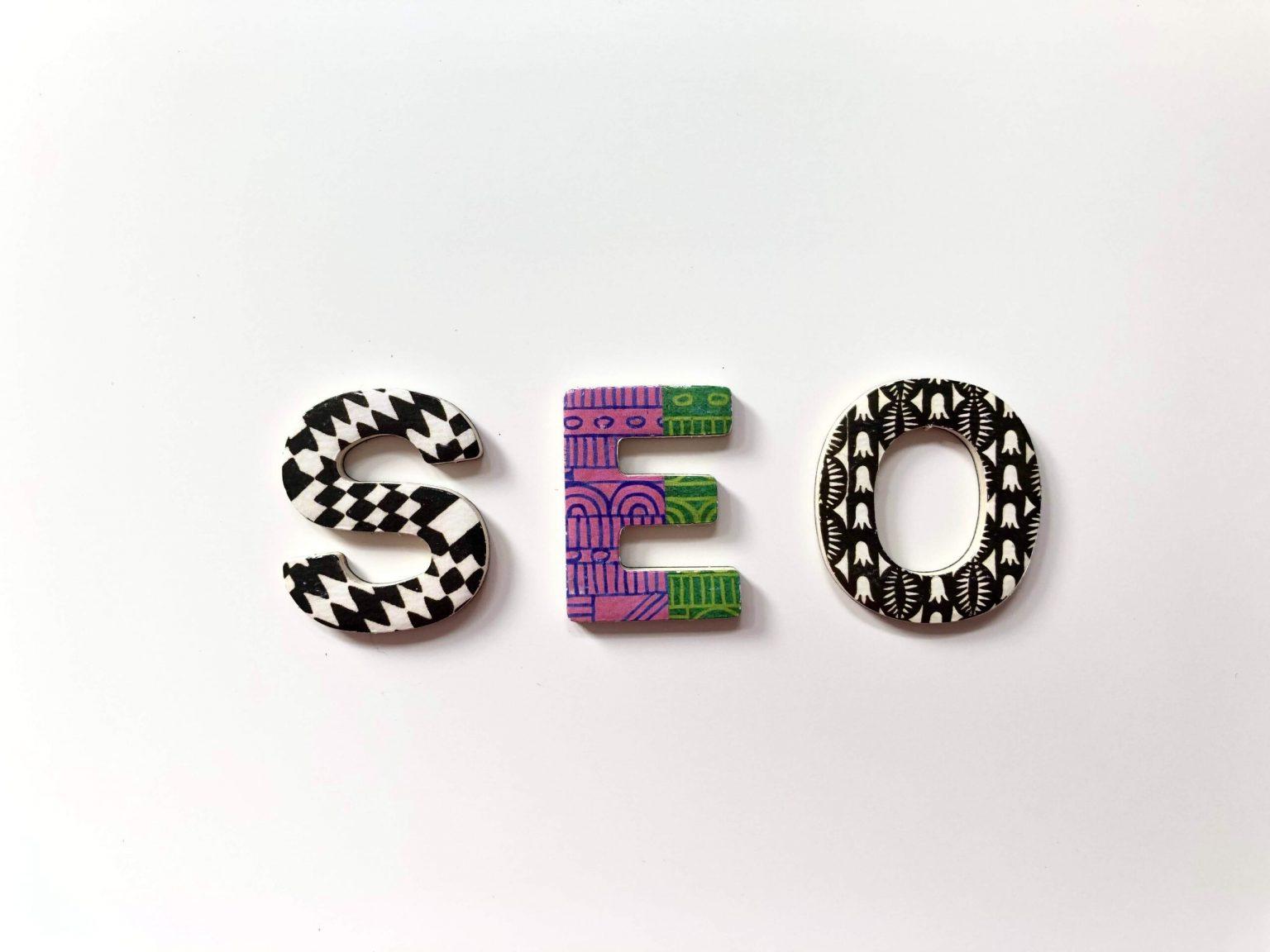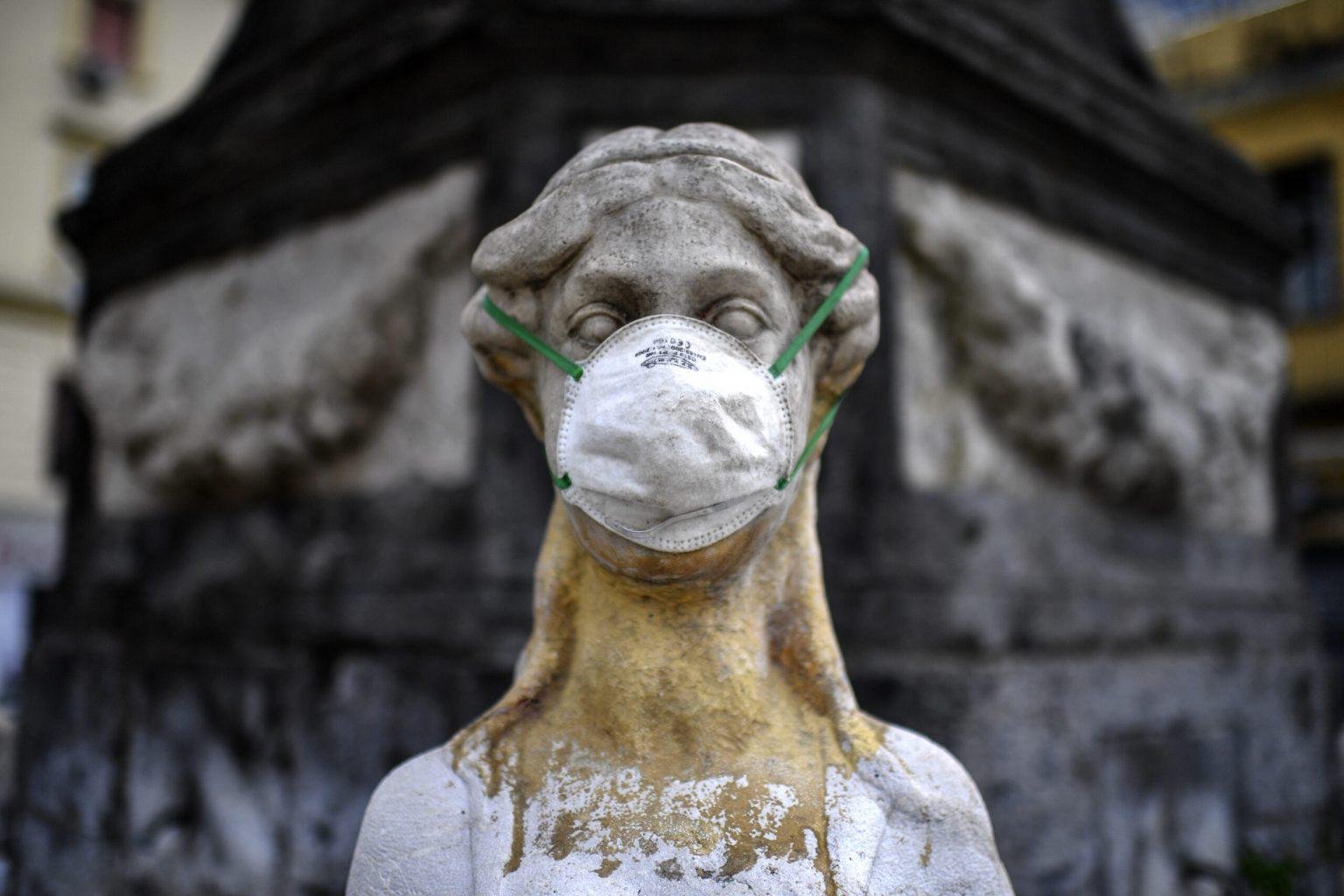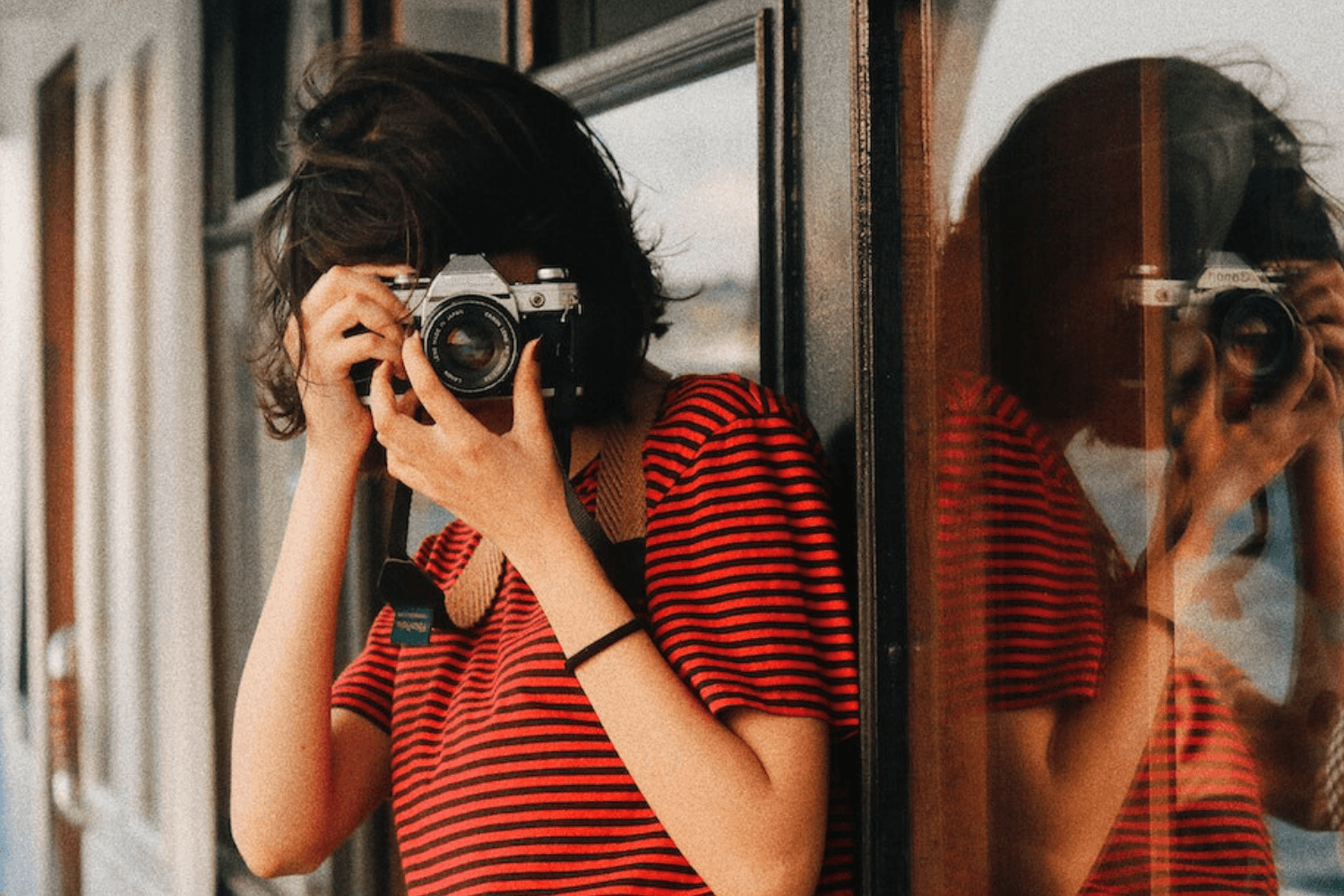George Floyd and the Pivotal Power of Documentary Photography
Yvan Cohen
Wed Jun 03 2020
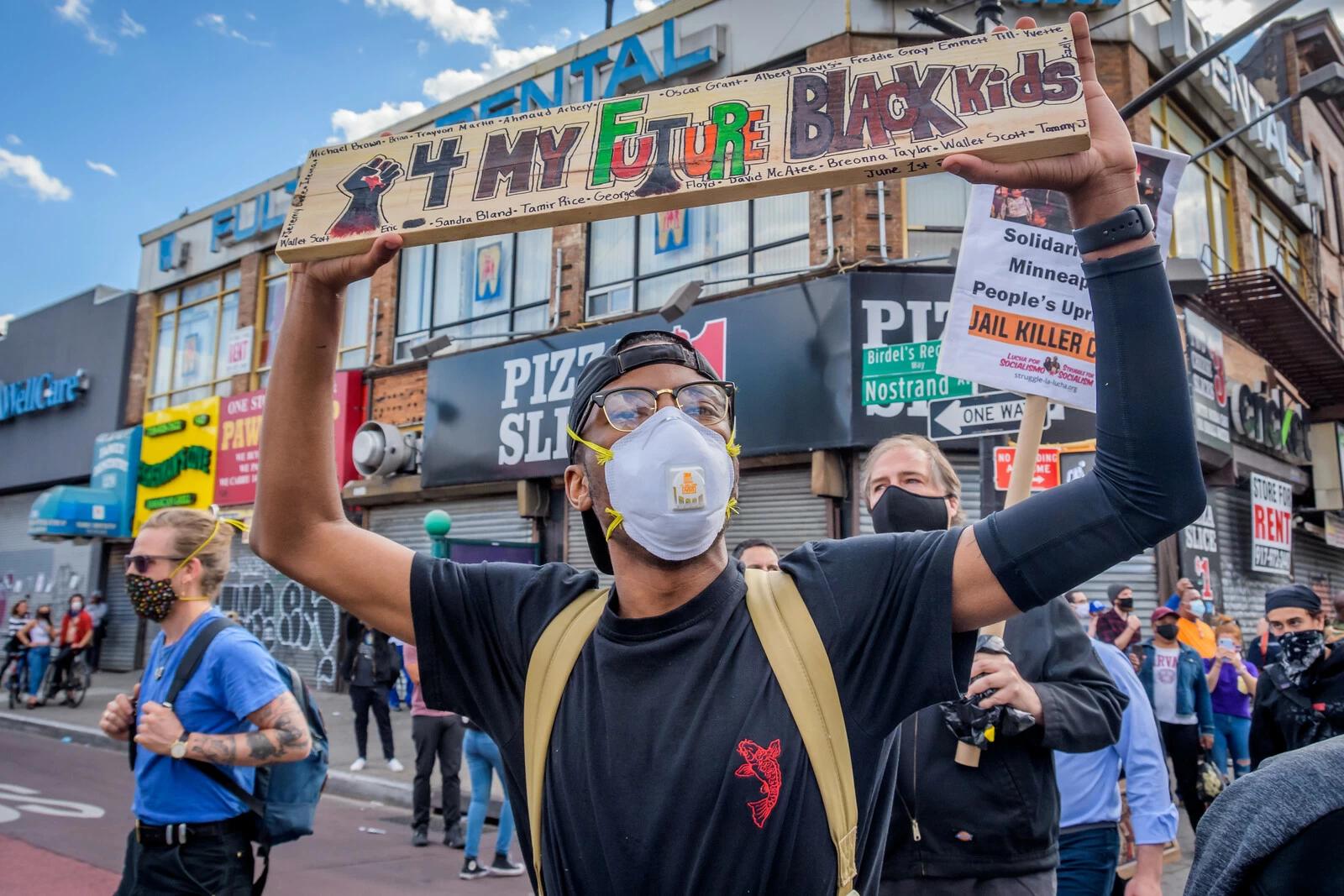
The terrifying footage of an American police officer murdering George Floyd, a black man suspected of being drunk and trying to pay with a counterfeit twenty-dollar bill, will forever be etched into the collective consciousness and will doubtless (hopefully at least) become a landmark in the evolution of race relations in America.
That footage – often shown to us as a still image of officer Derek Chauvin (interestingly ‘chauvin’ actually means chauvinist in French) kneeling on Floyd’s neck – has been the spark for some of the most intense unrest seen in the US since the Civil Rights Movement in the 1960s.
It is a reminder of just how powerful images can be.
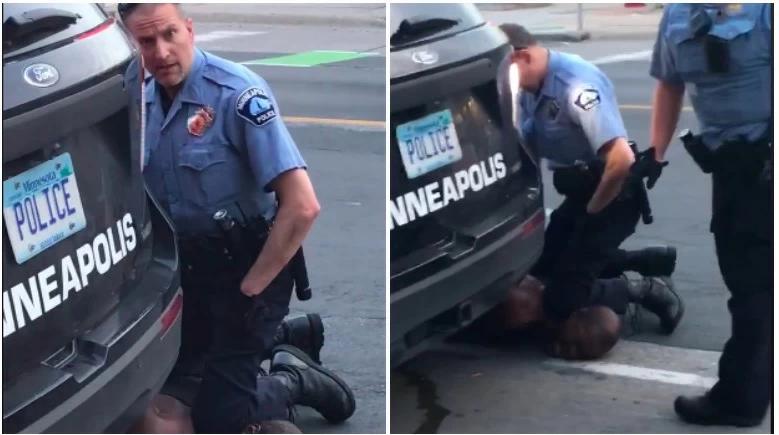 A screen grab of officer Derek Chauvin with his knee on George Floyd’s neck.
A screen grab of officer Derek Chauvin with his knee on George Floyd’s neck.
Even in this age of so-called ‘fake news’, and despite the almost limitless potential for digital manipulation (deep fakes as they’re known), nobody doubts the testimony of the cameras (two witnesses and cctv) that recorded those chilling images showing George Floyd being suffocated as he calls out “I can’t breathe”.
Once again, as has been the case ever since photography and film was first transmitted to mass audiences through newspapers and news bulletins, the influence of the media and of the documentary image has shown itself to be pivotal.
We cannot be aware of that we do not see.
If George Floyd’s suffocation had not been recorded to film, if we had not seen it, we would have been unaware and, in all likelihood, the crime would have gone unpunished. The iniquity of racially-driven police brutality would have continued unchallenged.
If the message delivered by those video clips showing a policeman murdering a black man appears brutally plain and incontestable (we could call it ‘real news’), the inherent simplicity of imagery, the universal ability for an image to be understood instantaneously at some level by all who see it, belies the complex messages they often contain.
Take, for example, the image of President Trump standing bible-in-hand before a church recently damaged by rioters.
At first glance, the picture is simple.
A President presents himself as a proud pillar of morality, standing before a church with a representation of his faith in the form of a bible held high in one hand.
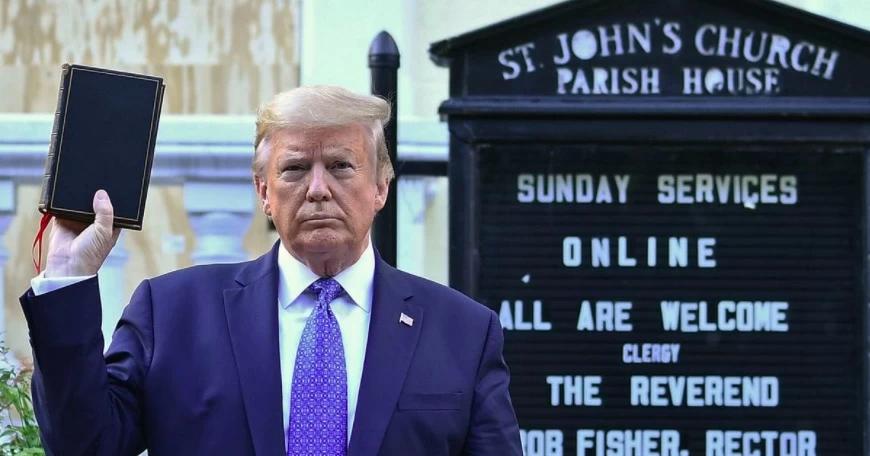 A screen grab of President Trump holding up a bible in front of a church as he vows to get tough on protesters.
A screen grab of President Trump holding up a bible in front of a church as he vows to get tough on protesters.
An alternative reading of that image might describe it as one of courage and defiance in the face of threat. Another may see the President as affirming that the establishment is rooted in Christianity. He has exchanged the habitual secular backdrop of the Whitehouse for the patently religious context of a church. The President is not just holding up a bible, he is affirming that this is a battle of good against evil, of the righteous against ill doers.
These orchestrated images of Trump, bible-in-hand, remind us that images are rarely neutral, that they can rarely be neutral. Images are invariably created by someone with or from an angle (although surveillance cameras that record permanently and impartially might be an exception).
Herein lies the challenge for the documentary photographer, for the creator of images who seeks to bear independent, impartial and truthful witness.
Through the very act of taking a documentary photograph, we are expressing ourselves and our personal choices. We choose what to include in the frame, when to begin recording and when to stop.
Consider what else might have been recorded at the moment of George Floyd’s murder that we do not see; because the camera is too far away, because that particular moment was not recorded, or the angle is not right.
If the camera had been closer and the focus sharper, what more might we see in Derek Chauvin’s eyes? Was there dismay or empathy in the faces of the other policemen involved? What happened inside the police car? While this does not change the meaning of what we witnessed, there is still much we don’t see.
In any instant in time, there is so much we don’t see.
There is perhaps some irony in the fact that the most damning testimony of Floyd’s murder was recorded by a 17-year-old female bystander and not a professional member of the press.
It is a reminder of how universal the ability to record film and take photos has become. Almost anybody can contribute to a visual narrative that’s mostly inane and uninteresting but occasionally embraces accidental beauty or, in this case, fatefully records a murderous act of racism.
For all those professional journalists, photographers, videographers covering events as they unfold across America, many of whom have been attacked by the police simply for seeking to exercise their profession, we need you.
Without your images, we cannot understand or be aware of the challenges our societies face; be it the scourge of racism or the threat posed by the coronavirus.
The images of the heinous treatment of a handcuffed George Floyd have become a pivotal agent for outrage and hopefully for positive change in the US. They are a reminder of just how powerful pictures can be.
The views expressed in this article are solely those of the author and are not necessarily those of LightRocket Pte Ltd.
Written by Yvan Cohen | Yvan has been a photojournalist for over 30 years. He’s a co-founder of LightRocket and continues to shoot photo and video projects around South East Asia.
Featured photograph by Erik McGregor
To read more helpful articles on photography, check out our blog page.
Join our growing photographer community at LightRocket and get powerful archive management and website building tools for free!
